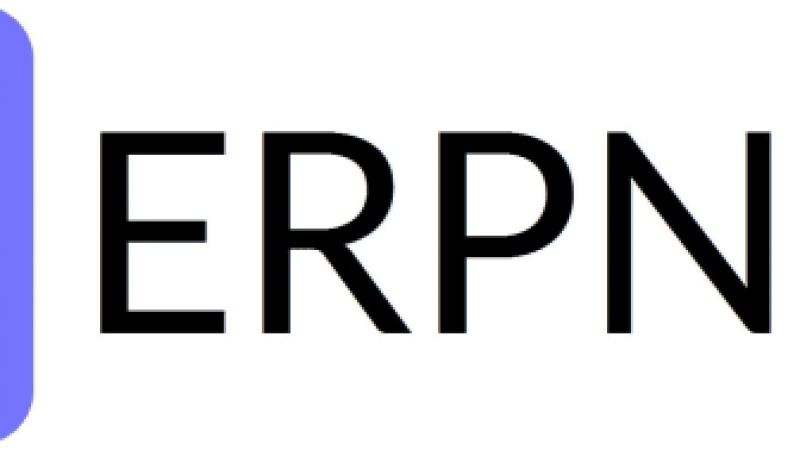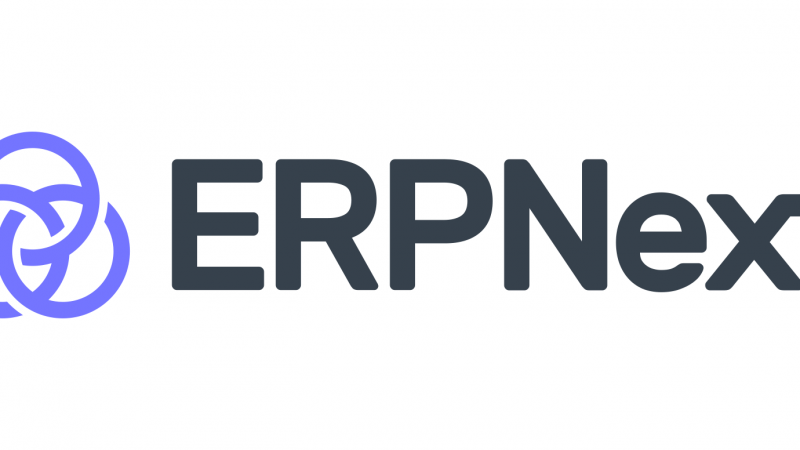How to relieve your accounting team with ERPNext
ERPNext is a cloud-based enterprise resource planning (ERP) system that helps businesses manage their various business processes, including accounting, sales, purchases, inventory, project management, and HR. It is designed to streamline these processes and improve efficiency, accuracy, and transparency.
By implementing ERPNext and utilizing its features, you can help relieve your accounting team of routine tasks and allow them to focus on more value-added tasks, improving their efficiency and effectiveness.
To relieve your accounting team with ERPNext, you can follow these steps:
- Implement ERPNext: The first step is to implement ERPNext in your organization. This involves setting up the system, migrating your data, and training your team on how to use it.
- Automate accounting processes: Use ERPNext to automate routine accounting tasks, such as invoicing, payment processing, and reconciliation. This will free up your team to focus on more value-added tasks.
- Utilize financial visibility: ERPNext provides real-time financial visibility, which can help your team make more informed decisions and identify areas for improvement. Encourage your team to use this feature to their advantage.
- Streamline business processes: ERPNext streamlines and automates various business processes, such as sales, purchases, and inventory management. Encourage your team to take advantage of these features to improve efficiency.
- Use reporting and analytics: ERPNext provides a range of reporting and analytics tools that can help your team better understand your business and make informed decisions. Encourage your team to use these tools to their advantage.
Here are some ways that ERPNext can help free up your accounting team:
- Automation of accounting processes: ERPNext automates many of the manual tasks involved in accounting, such as data entry, invoicing, and reconciliation. This allows your team to focus on more value-added tasks, such as analyzing data and making strategic decisions.
- Improved data accuracy: ERPNext uses a single, centralized database to store all of your business data. This ensures that the data is accurate and consistent across the organization, which can reduce errors and improve decision-making.
- Enhanced financial visibility: ERPNext provides real-time financial visibility, allowing you to see the current state of your business at any given time. This can help your team make more informed decisions and identify areas for improvement.
- Increased efficiency: ERPNext streamlines and automates various business processes, which can help your team work more efficiently and save time.
Implementing ERPNext with an implementation partner can help with accounting tasks in several ways:
- Expertise: An implementation partner has the expertise and experience to guide you through the implementation process and ensure that ERPNext is set up correctly and customized to your specific needs. This can help ensure that your accounting team is able to use the system effectively and efficiently.
- Streamlined implementation: An implementation partner can help streamline the implementation process by handling tasks such as data migration, training, and customization. This can help reduce the workload on your accounting team and allow them to focus on other tasks.
- Ongoing support: An implementation partner can provide ongoing support and assistance as you continue to use ERPNext. This can help ensure that your accounting team has the resources they need to effectively use the system and resolve any issues that may arise.
Overall, working with an implementation partner can help ensure that ERPNext is implemented smoothly and effectively, which can help your accounting team use the system efficiently and effectively.
In conclusion, ERPNext is a cloud-based enterprise resource planning system that helps businesses manage their various business processes, including accounting. It is designed to streamline these processes and improve efficiency, accuracy, and transparency.
By implementing ERPNext, you can help relieve your accounting team of routine tasks and allow them to focus on more value-added tasks, improving their efficiency and effectiveness. Working with an implementation partner can also help ensure that ERPNext is implemented smoothly and effectively, which can further improve the efficiency and effectiveness of your accounting team.





